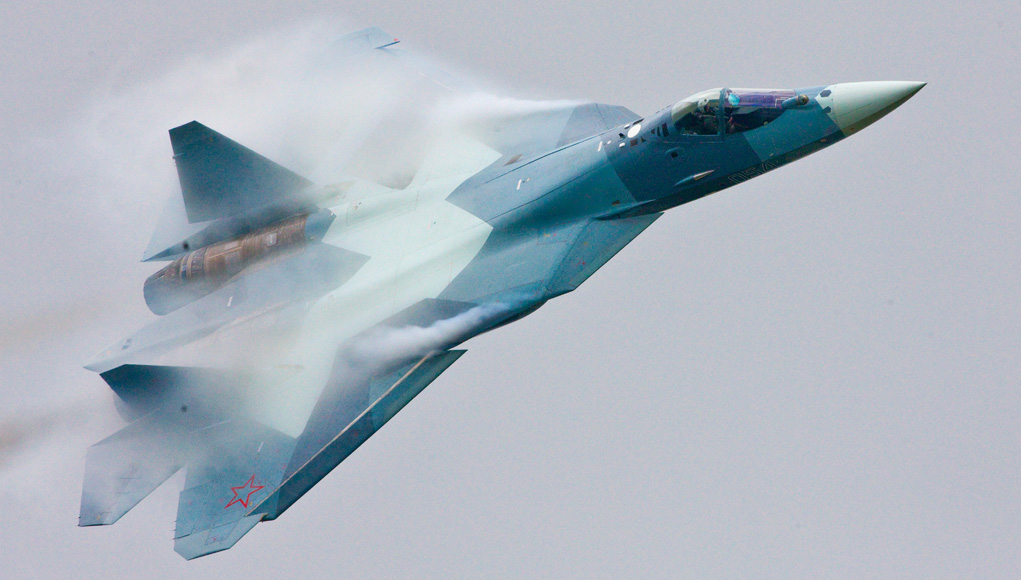What seems to be the final stage of negotiation between India and France over the procurement of 126 Rafale fighter jets is turning into a circus: New Delhi is walking on a tightrope, between approving the deal with a dramatic cost increase compared to the original budget, or ditching the plan, risking further delays in modernizing the Indian Air Force (IAF).
The current chapter in the three-year-long saga opens with orchestrated media reports auguring an accelerated induction of Russian SU-50E – an export version of the – the Indian variant of the Russian T-50 PAK-FA – which would mean a ‘generation leap’ over the current IAF first line fighter jets as well as over the GEN-4.5 Rafale.
While delivery of 18 fighters from France can be expected in time, the orderly delivery of the follow-on 108 locally produced aircraft is more questionable. It was Dassault’s concern about the Indian competency to produce these aircraft at a reasonable quality which brought the negotiations with India to a standstill. Sukhoi sees this as an opportunity, since they have already paved the way with the SU-30 MKI currently produced in India. Sukhoi hopes the production of SU-50E and SU-55 (the two-seat Fifth Generation Fighter Aircraft – FGFA) could continue where the production of SU-30 ends, providing a more manageable quality control process.
Subscribe to read the full analysis
If this deal goes forward, the SU-50E is expected to be delivered from 2017 onwards with the IAF expected to induct over 300 aircraft in the following two decades at a cost of US$25 billion. This is an extremely ambitious schedule, as the Russians themselves do not expect to receive their first SU-50 before the end of 2016. Currently undergoing flight testing as T-50 prototypes, the Russian Air Force expects forming 2-3 squadrons of fifth generation SU-50 by 2020.
The Indian export variants of the SU-50/55 are the biggest-ever bilateral Indo-Russian defence cooperation project. The preliminary design agreement on SU-50ES (FGFA), signed in 2010 between HAL and Russian Sukhoi Design Bureau, was to build the jet for use by both countries, with India investing 50 per cent of the cost of the multi-billion dollar programme.




















